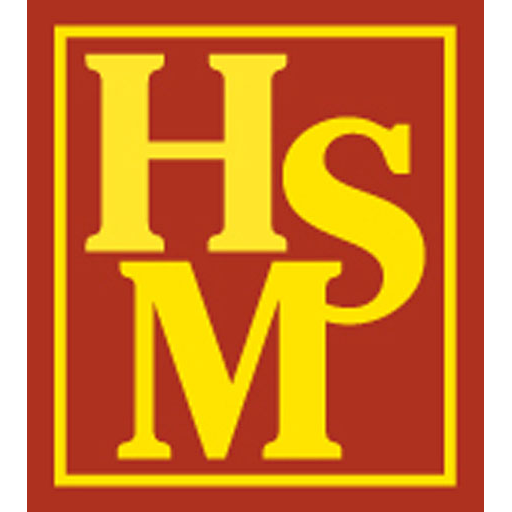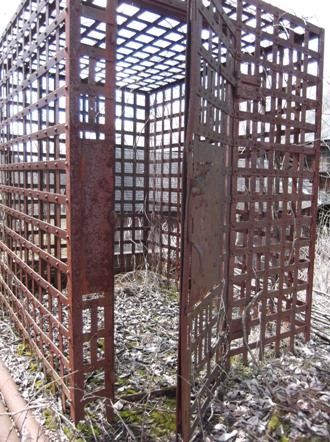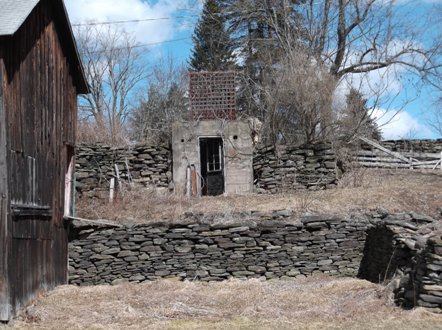Postcard show and sale June 8
The Historical Society of the Town of Middletown (HSM) will host a Vintage Post Card and Ephemera Show and Sale Sat., June 8 from 10 to 3 at the HSM hall, 778 Cemetery Road, Margaretville.
Admission for HSM members is $2; all others $4. Light refreshments will be available.
Several vendors will offer old post cards, documents, maps, advertisements, flyers and other paper items. While the focus of the show is on old New York State views, dealers will also have topical, foreign, and holiday cards.
At 1 p.m., the dealers will provide short talks on distinct aspects of post card production and collecting.
The show is coordinated by John Duda of Fleischmanns, Secretary of the Kaaterskill Post Card Club.
“Barns of Middletown” an exhibit documenting the remaining barns in the town, will be on view, a last opportunity to see it before a new exhibition on Middletown in the Civil War opens July 4.
The public is welcome to spend a pleasant Saturday browsing among historic post cards, and strolling around the beautiful pond and grounds.



